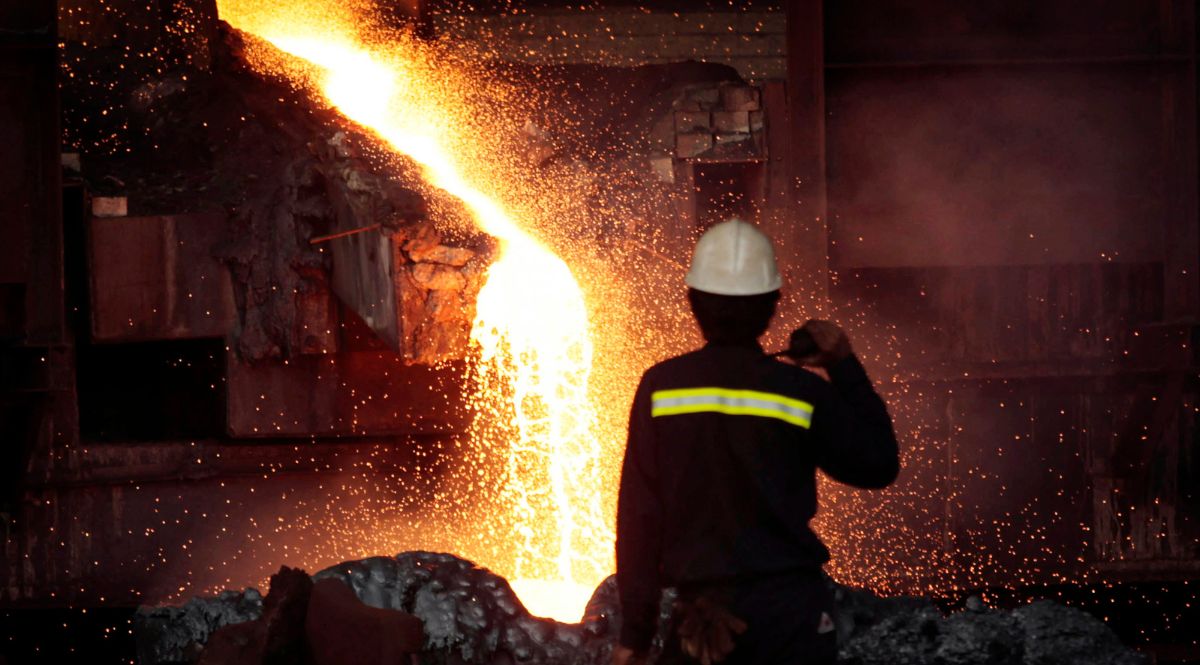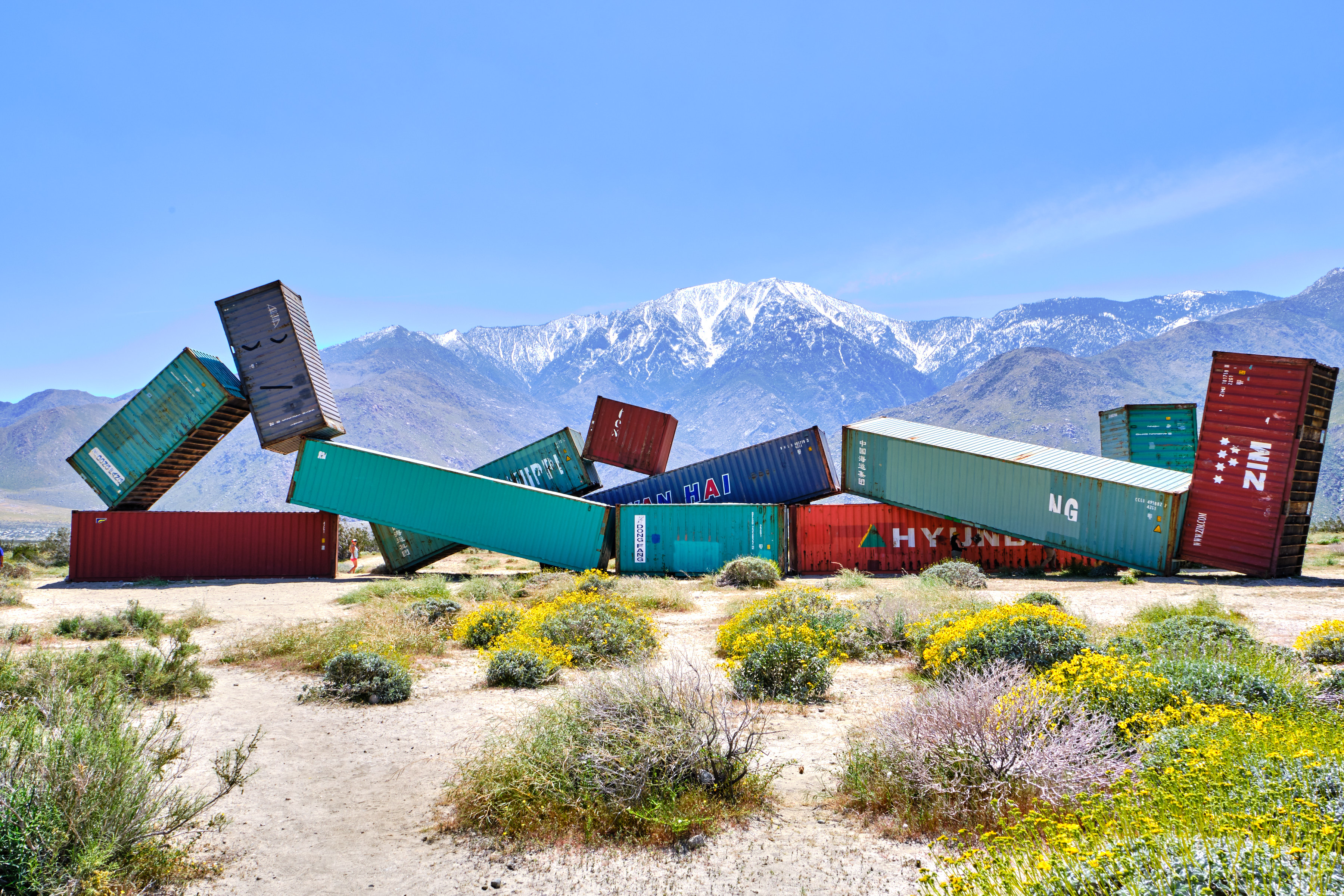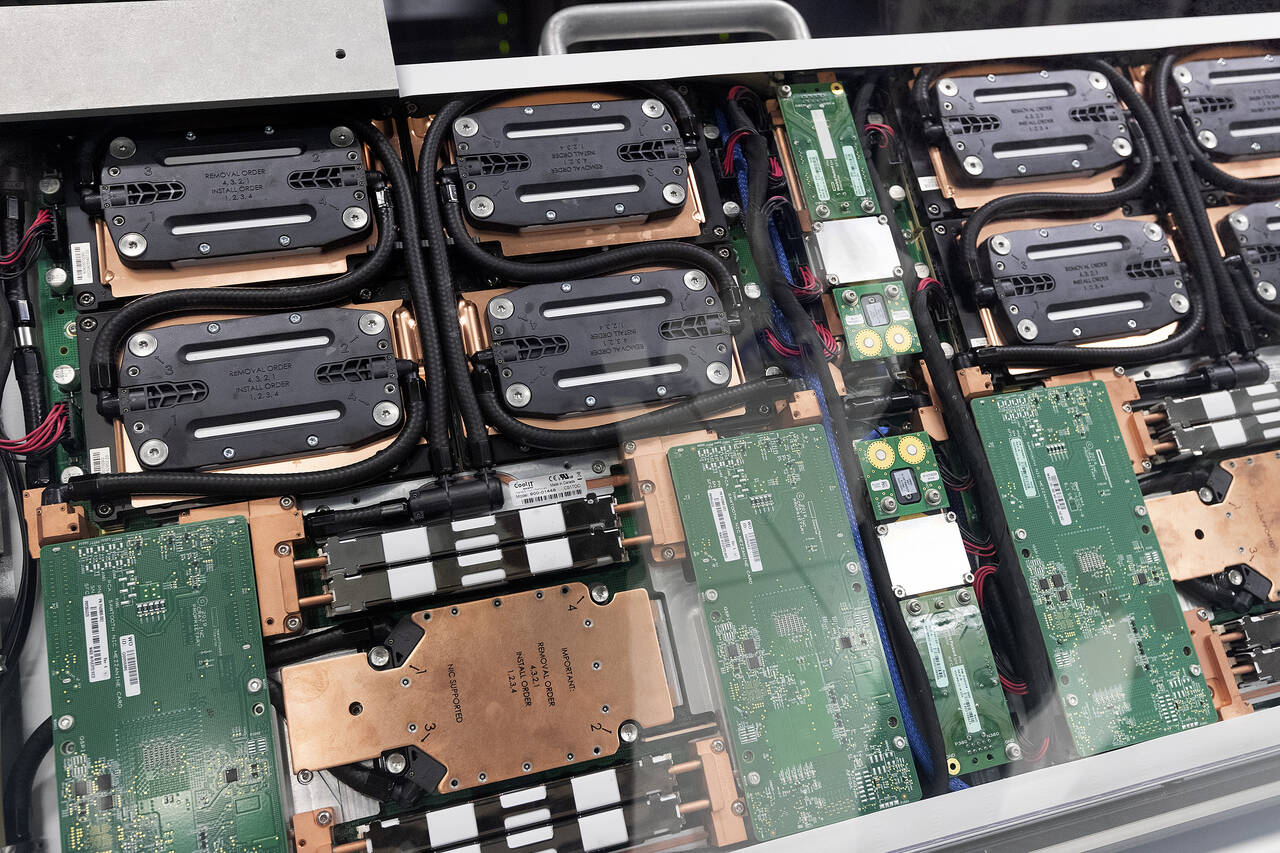EU Looks to ASEAN Countries for Critical Raw Materials Supplies
The European Union seeks to increase the stability of its critical raw materials supply chains by, among others, diversifying sources. Among the EU’s prospective partners in this regard are the countries of Southeast Asia, rich with deposits of raw materials. The EU and its Member States, including Poland, should strengthen cooperation with the countries of the region, such as through joint research and mining projects, as well as via the Global Gateway initiative, in order to create partnerships and to compete effectively in their markets.
 Yusuf Ahmad / Reuters / Forum
Yusuf Ahmad / Reuters / Forum
Critical Raw Materials in EU Policy
In the wake of the economic difficulties of recent years, particularly the disruption of supply chains, the EU has been paying considerable attention to economic security, including access to critical raw materials. Their importance to the EU economy is indicated in the 2020 Industrial Strategy for Europe and the 2023 European Economic Security Strategy. The European Commission (EC) regularly updates the list of critical raw materials, classified by their economic importance and risks in supply chains. The latest list (2023) cites 34 raw materials, including bauxite, cobalt, gallium, germanium, lithium, copper, nickel, and rare earth elements (REE, 17 of them). Once processed, they are essential to the development of the modern economy and the energy and digital transformations. Many of them are not mined in the EU, forcing their import.
The EU’s strategic documents point to the diversification of sources of supply of critical raw materials as one of the ways to strengthen economic security. One problem is China’s dominant role as both supplier and processor of these materials, and it exploits this politically, such as limiting gallium and germanium exports in 2023. China is also a major investor in the mining sector in Southeast Asia. In light of the EC-promoted policy of reducing the EU’s dependence on China (derisking), the EU’s relations with ASEAN countries are promising.
Raw Materials Potential of ASEAN Countries
Southeast Asian countries are important producers of mineral resources. Indonesia is the world leader in the mining of nickel ore, essential, for example, for the renewable energy sources (RES) industry and the production of electric vehicles—according to 2022 data, it accounted for about half of global production. It also has deposits of bauxite, copper, and tin. The Philippines is the second-largest producer of nickel ore (10% of global output in 2022), as well as its largest exporter (more than 90% of sales go to China). It also has deposits of cobalt, chromite, gold, silver, zinc, copper, and others. Vietnam has large deposits of REE, used in wind turbines, electric vehicles, and the defence industry, among other applications. According to estimates by the U.S. Geological Survey, these resources are the second-largest in the world (after China). Other countries have a significant share of global REE production, such as Thailand (though its reserves are much smaller than Vietnam’s) and Myanmar, where, due to the rule of the military junta, Western investor activity is limited.
ASEAN Countries’ Policies Towards Raw Materials
The potential of ASEAN countries also stems from industrial policies aimed at developing raw materials processing. Indonesia is seeking to develop its industrial base to take advantage of opportunities created by the global energy transition. Since 2009, it has imposed restrictions in the raw materials sector, and in 2020 it banned nickel ore exports, triggering a dispute with the EU at the WTO. However, the ban has contributed to the development of processing of the metal and the production of batteries for electric vehicles. Part of the ventures are financed with foreign investment, including from the EU, and total investment has grown from less than $30 billion in 2014 to more than $47 billion in 2023. About one-third of this sum went to the mining and metal processing sector. Among others, the U.S. Ford company (along with PT Vale Indonesia and China’s Zhejiang Huayou Cobalt) has invested in a nickel refining plant. In early July this year, Korean companies LG Energy Solutions and Hyundai launched a battery factory in Indonesia. Meanwhile, China’s BYD announced plans to build an electric car factory. The value of exported nickel products (ore and processed goods) has increased significantly, from about $1 billion in 2015 to nearly $20 billion in 2022. Due to the success of this policy, the authorities are aiming to expand it to other raw materials, such as bauxite, copper, lead, and iron ore.
Philippine authorities emphasise the use of raw materials as one of the pillars of long-term economic growth. As in Indonesia, they are seeking not only to increase extraction but also processing. They are stepping up cooperation in the critical raw materials sector with many partners, including the U.S. This was demonstrated by the announcement of U.S. support for mining projects in the Philippines during President Ferdinand Marcos Jr.’s visit to Washington in April this year. In addition, U.S. company Zero Motorcycles invested in the production of electric motorcycles in the Philippines in cooperation with a local entity in 2023. The EU, too, is keen to support the development of sustainable mining and processing industries in the Philippines. Unlike Indonesia, the Philippines has so far not restricted the export of raw materials. Instead, it has introduced facilitations for foreign entities. This includes the Foreign Investment Act of 2022, removing the limit on foreign companies’ participation in Philippine exporting companies unless they are included on the list of important industries (the so-called negative list, which includes “small-scale” mining, for example). In addition, a February 2023 presidential decree established an administrative “fast track” for projects considered strategic, which can also count on tax breaks.
Vietnam has emerged in recent years as a place to locate production facilities as part of diversifying production chains. It also has the potential to play an important role in the global REE market. So far, Vietnam’s output of ore has been small, but the authorities announced that it is expected to reach about 2 million tonnes per year by 2030, with processing of 62,500 tonnes. One of Vietnam’s largest partners in the trade of these raw materials is Japan, whose companies are also major investors in Vietnam’s mining industry. A growing number of countries are seeking closer cooperation with Vietnam in this area, including Australia, Canada, and South Korea, whose President Yoon Suk-yeol signed a memorandum of understanding with the Vietnamese authorities in June 2023 to establish a joint REE supply chain centre. In September 2023, an agreement on cooperation in this sector was signed by U.S. President Joe Biden during a visit to Hanoi. Chinese companies are also planning to invest in Vietnam’s mining sector. Vietnam’s cooperation with the EU in this regard may be facilitated by a trade agreement that has been in effect since 2020.
Conclusions and Recommendations
The security threat to the EU’s supply of critical raw materials arises not only from dependence on their extraction in third countries but also from the concentration of processing in China. The mining potential and active industrial policies of ASEAN countries can contribute to the diversification of supply sources to the Union. However, these countries face a number of challenges, including high processing costs, shortages of specialists, concerns about environmental degradation, and corruption. Their policies can also create tensions in relations with the EU, as in the case of the nickel dispute with Indonesia. The EU’s treatment of ASEAN countries as partners in the industrial sector, such as by forming joint ventures with local entities, will have a positive impact on their economies by retaining a greater share of the value added from mineral extraction and processing. In the long run, this will serve to diversify the EU’s supply not only of raw materials but also of industrial goods. It could also have a positive impact on EU-ASEAN political relations. The economic development of ASEAN countries based on cooperation with many partners, including the EU, will also enable them to pursue a more assertive policy towards China, which will be beneficial for the West.
It is advisable for Poland to seek to balance the interests of EU business and the Union’s economic security, especially in the context of its upcoming presidency of the EU Council. It will be more beneficial to seek bilateral solutions than pursuing disputes in a non-functional WTO system, such as speeding up negotiations of EU free trade agreements with the Philippines and Indonesia, and completing the ratification by EU countries of an investment protection agreement with Vietnam. The Union can also sign agreements with individual ASEAN countries on cooperation in the sphere of critical raw materials, similar to those concluded with Uzbekistan and Namibia, among others, and use the Global Gateway initiative to help them build sustainable economies, including in the mining and processing sectors. It will be necessary to offer cooperation to countries in the region on more favourable terms than China, which has a strong presence in the region. The EU and its Member States, including Poland, should consider supporting ASEAN countries in the training of experts and engineers and the flow of know-how, including in geological research. It will be beneficial to complement these activities with EU cooperation with Western partners in the development of raw material processing technology, in which China currently has an advantage.






